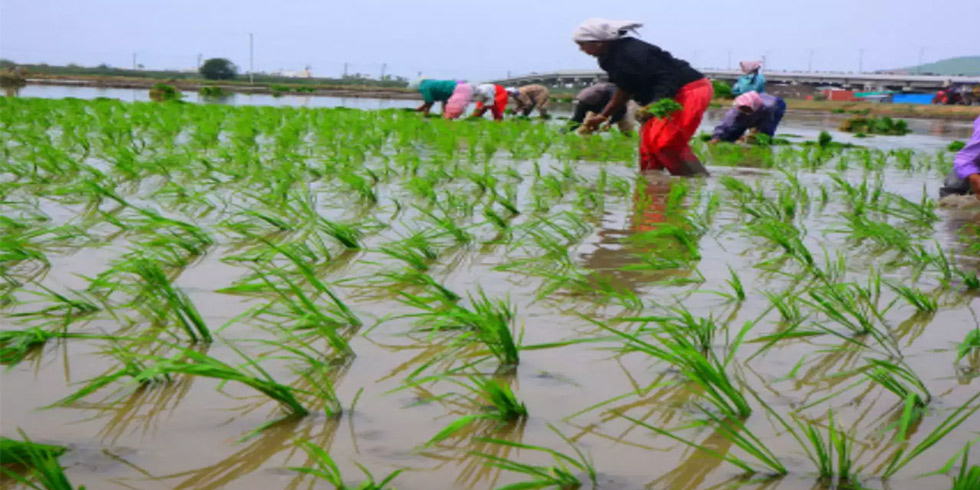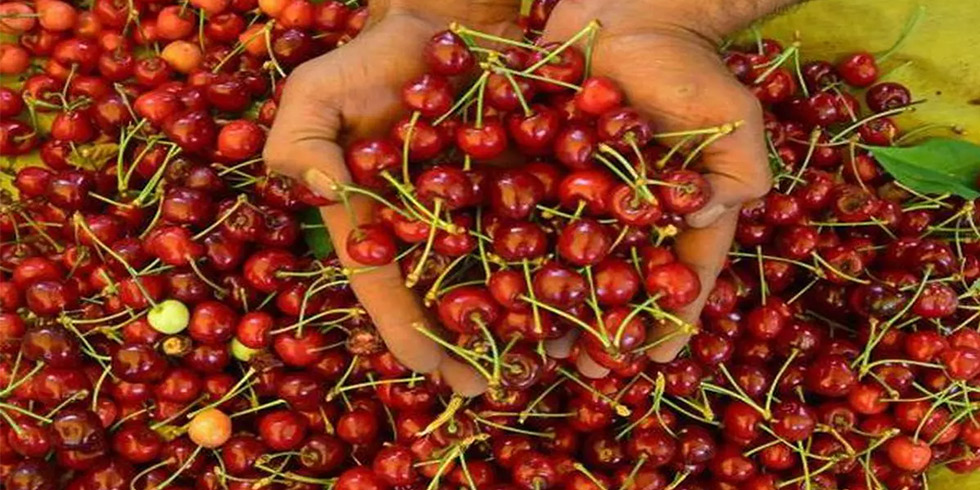The Indian Agricultural Research Institute (IARI) has produced the country's first non-GM (genetically modified) herbicide-tolerant rice varieties, which may be seeded directly and save water and labour over traditional transplanting.
Farmers can spray Imazethapyr, a broad-spectrum herbicide, on the varietals Pusa Basmati 1979 and Pusa Basmati 1985 because they have a mutant acetolactate synthase (ALS) gene. This eliminates the need for nurseries, where paddy seeds are nurtured into young plants before being removed and transplanted in the main field 25-35 days later.
The DNA sequence of the ALS gene in the new basmati cultivars has been changed using ethyl methanesulfonate, a chemical mutation. As a result, Imazethapyr no longer binds to the ALS enzymes, and amino acid synthesis is unaffected. Plants can now “tolerate” herbicide application, resulting in just weeds being killed.
“Herbicide tolerance is achieved through mutation breeding, not genetic modification. “There isn't a single foreign gene here,” Singh clarified.
Both Pusa Basmati 1979 and 1985 were developed by crossing two popular types, Pusa 1121 and Pusa 1509, with ‘Robin.' The latter is a mutant line produced from Nagina 22, an upland rice variety that can withstand drought. S Robin, a rice breeder from Tamil Nadu Agricultural University in Coimbatore, discovered the mutant for Imazethapyr tolerance.
In response to labour constraints and diminishing water tables, farmers in Punjab and Haryana are already using direct planting of rice (DSR). DSR has been applied to almost 6 lakh of the total 44.3 lakh hectares of rice land in the two states this year.
Pendimethalin (used within 72 hours of seeding) and Bispyribac-sodium are the two herbicides currently used in DSR farming (after 18-20 days). “These are more expensive than Imazethapyr (Rs 1,500 versus Rs 300/acre),” Singh noted. Furthermore, because the ALS gene is absent in humans and mammals, Imazethapyr has a broader weed-control range and is safer. The chemical will exclusively target the weeds in herbicide-tolerant rice.”
Paddy transplantation normally needs around 30 irrigations, each of which consumes about 5 hectare-cm of water (one hectare-cm equals 100,000 litres). Puddling takes up around 15 hectare-cm on its own. Overall, DSR is expected to use 30% less water, save Rs 3,000 per acre in labour costs, and save 10-15 days due to the lack of nursery preparation.
However, DSR's effectiveness is contingent on an efficient herbicide solution, such as the development of Imazethapyr-tolerant cultivars.








Add Comment